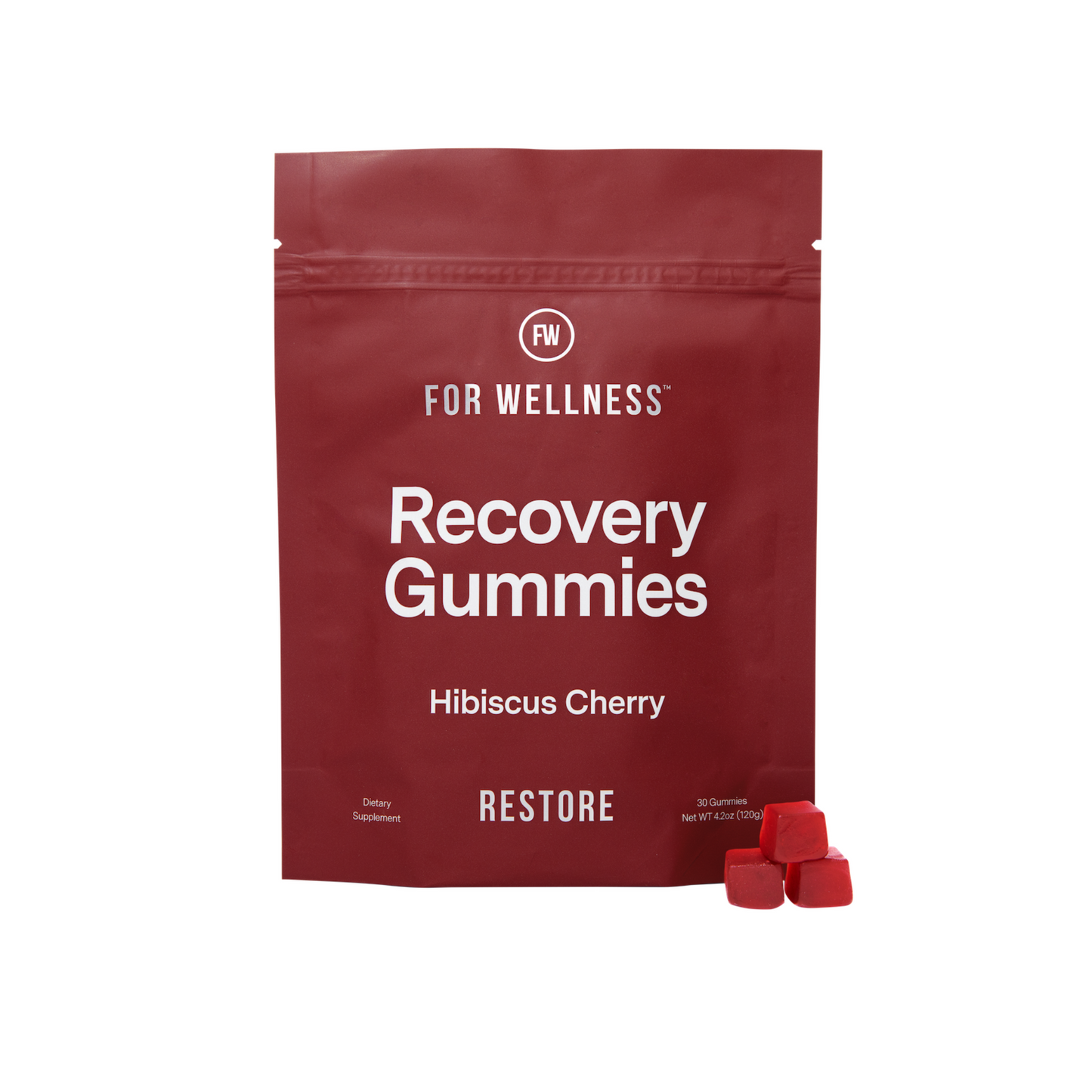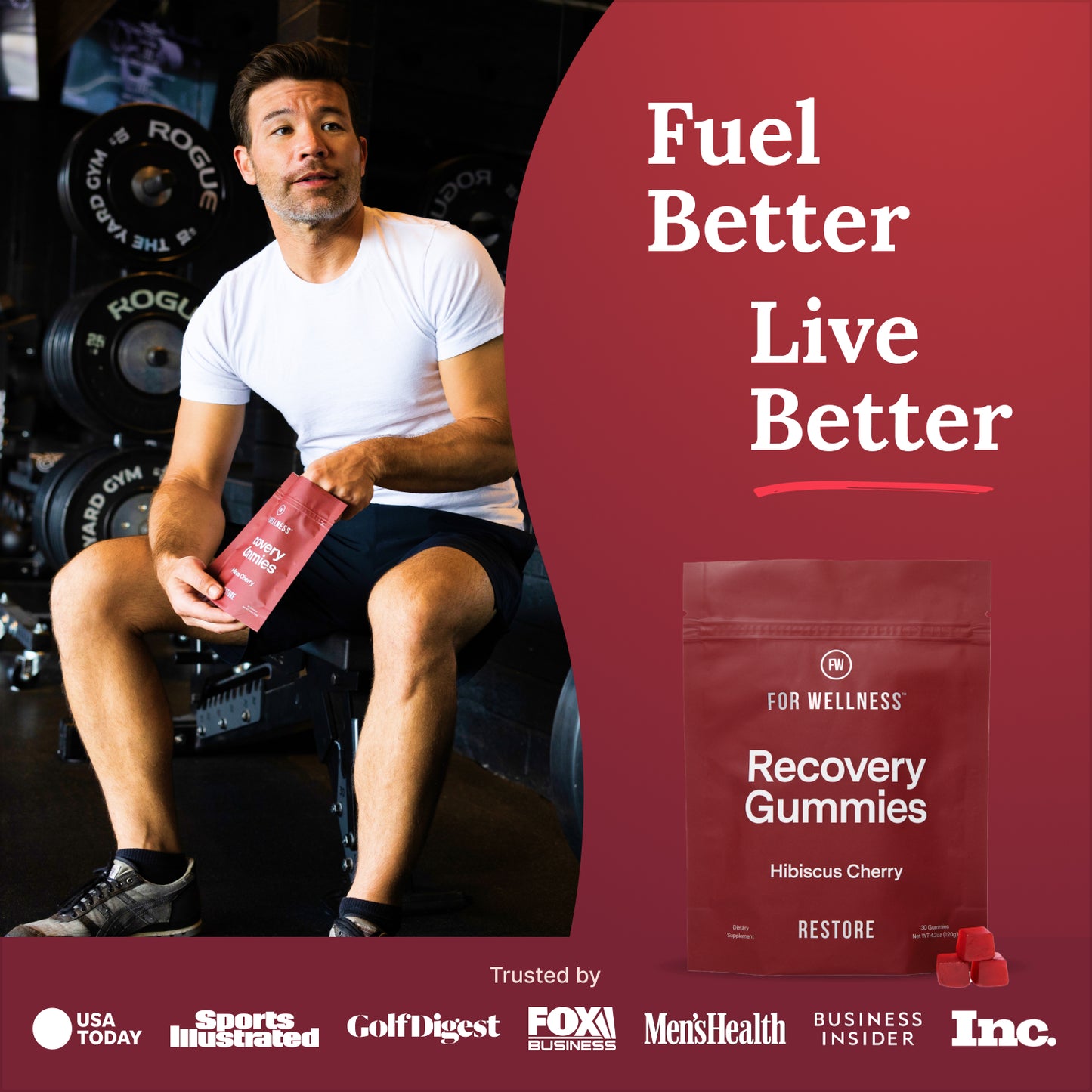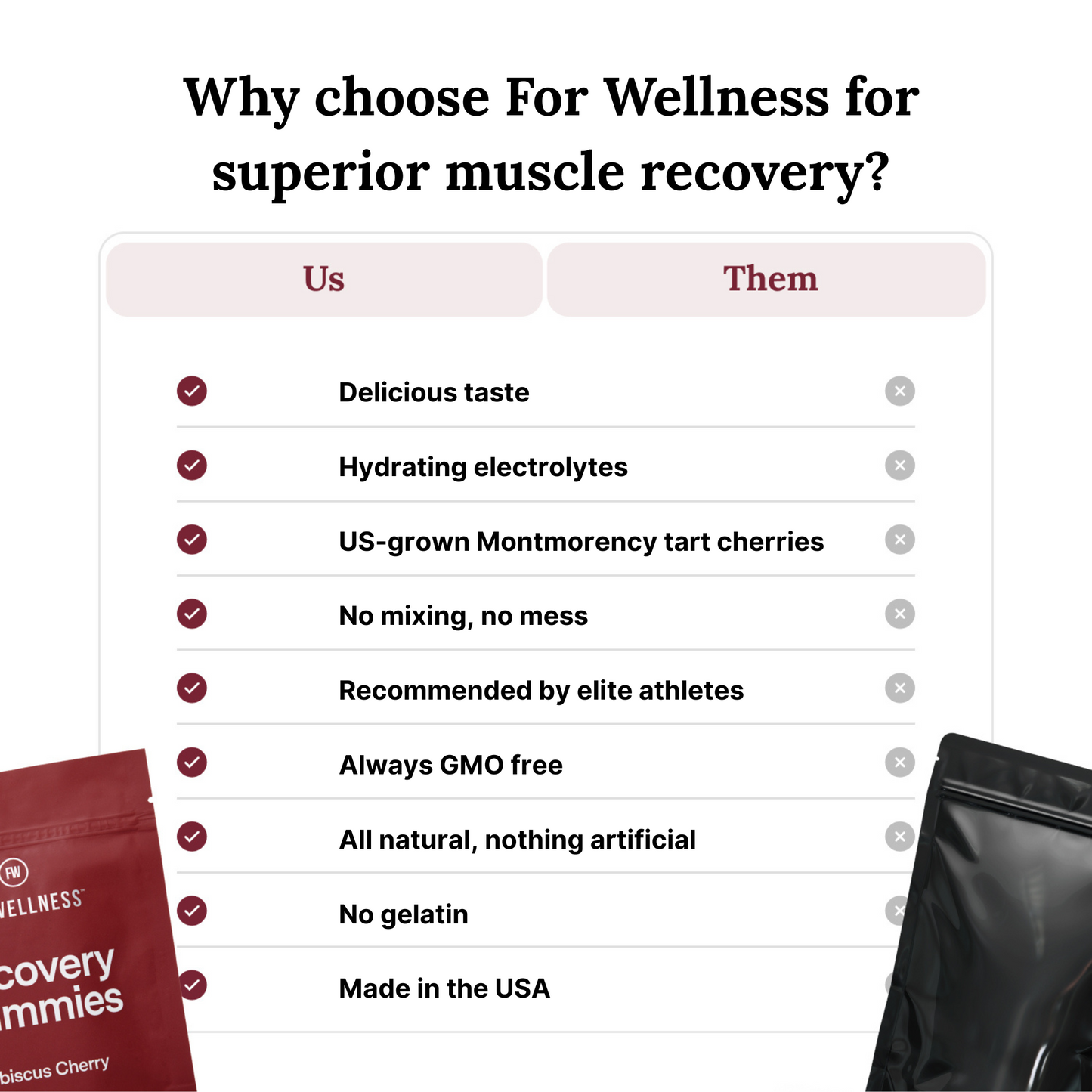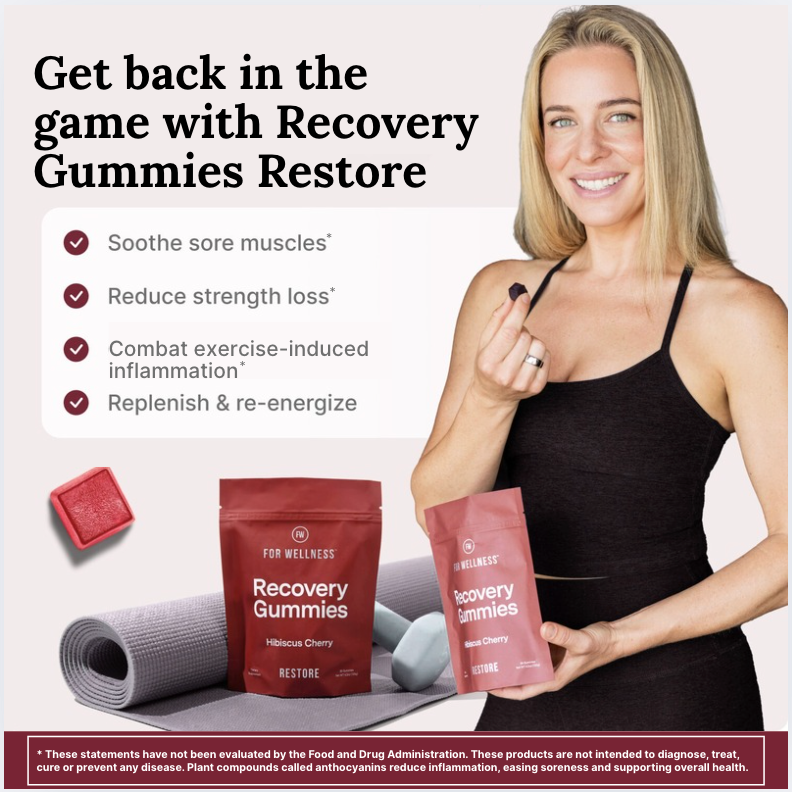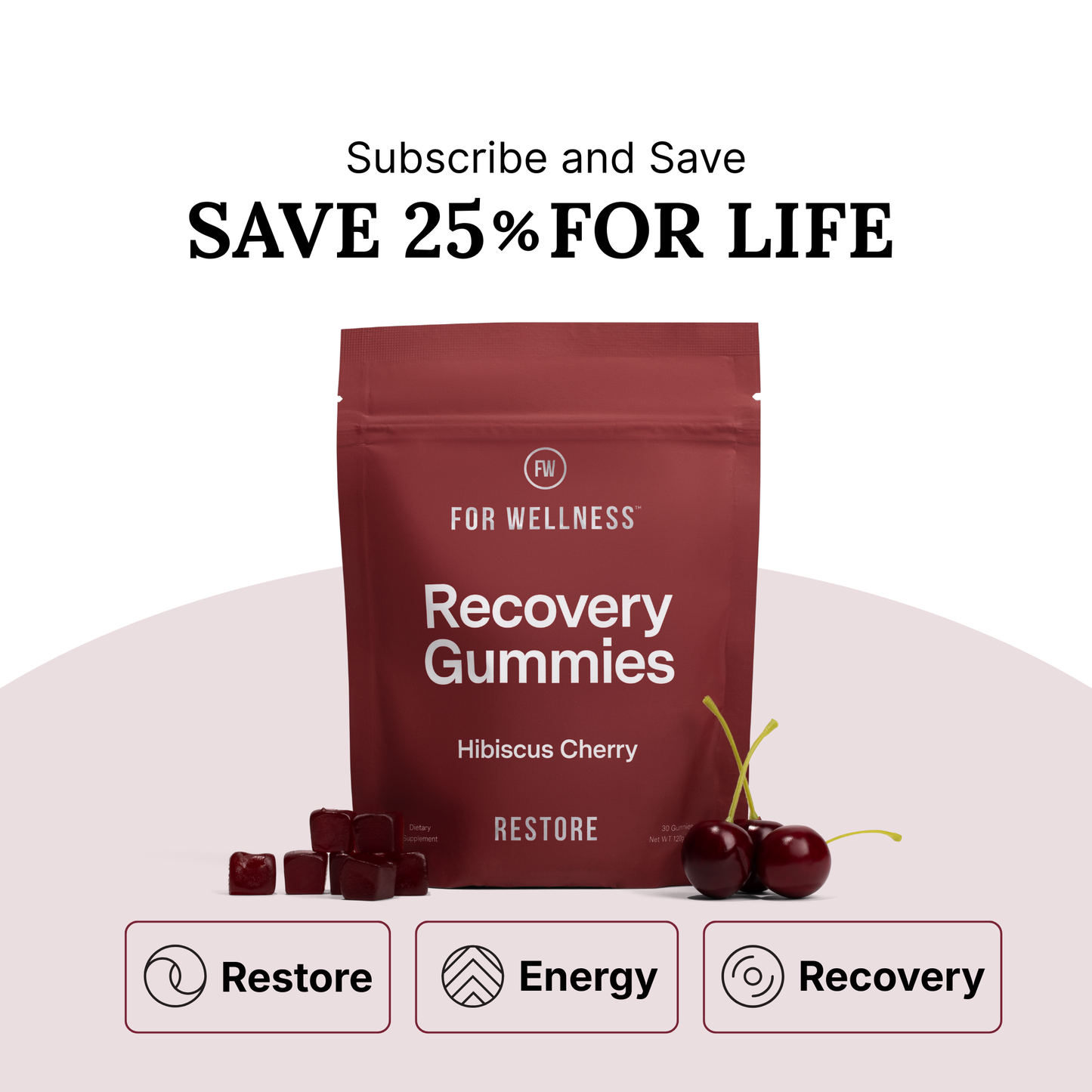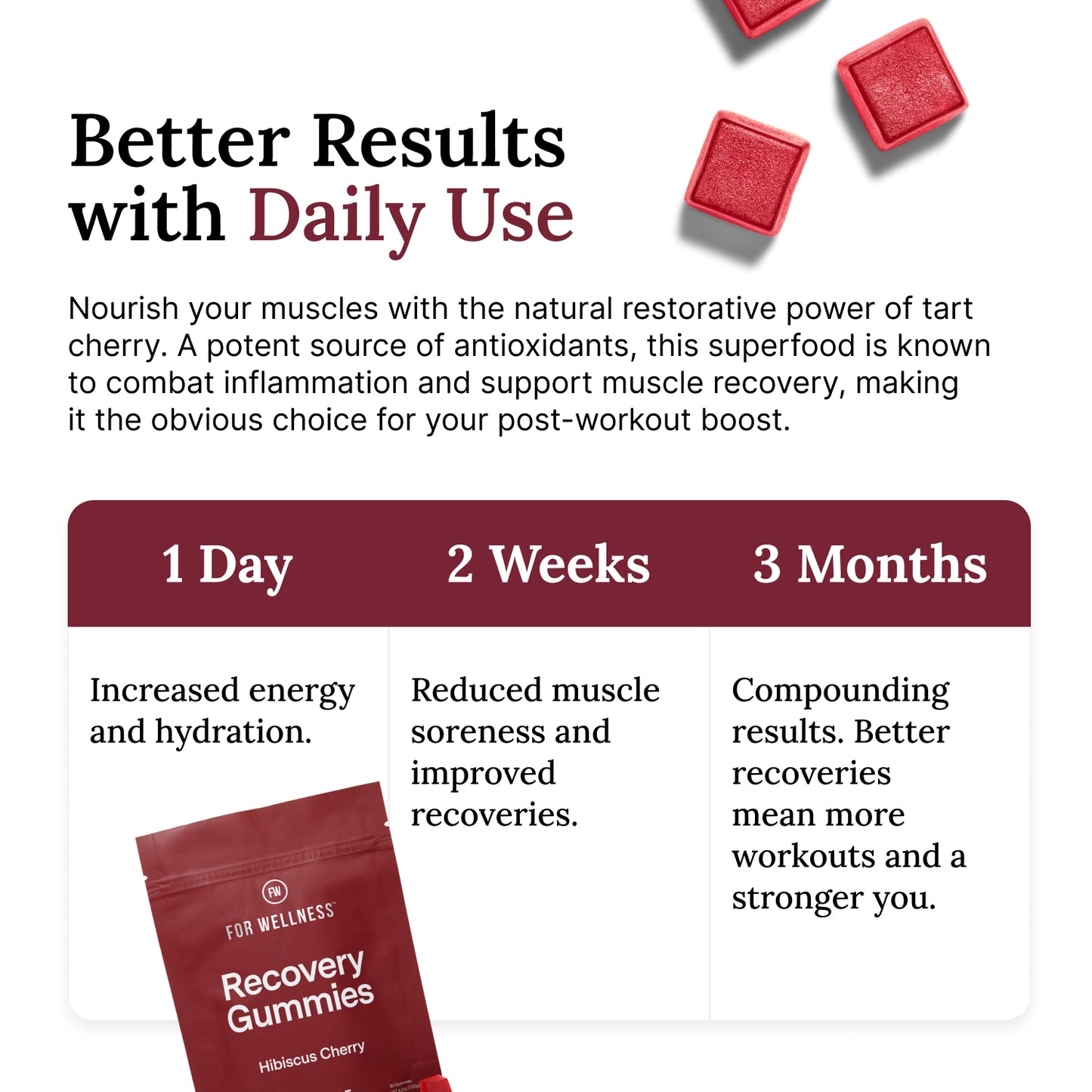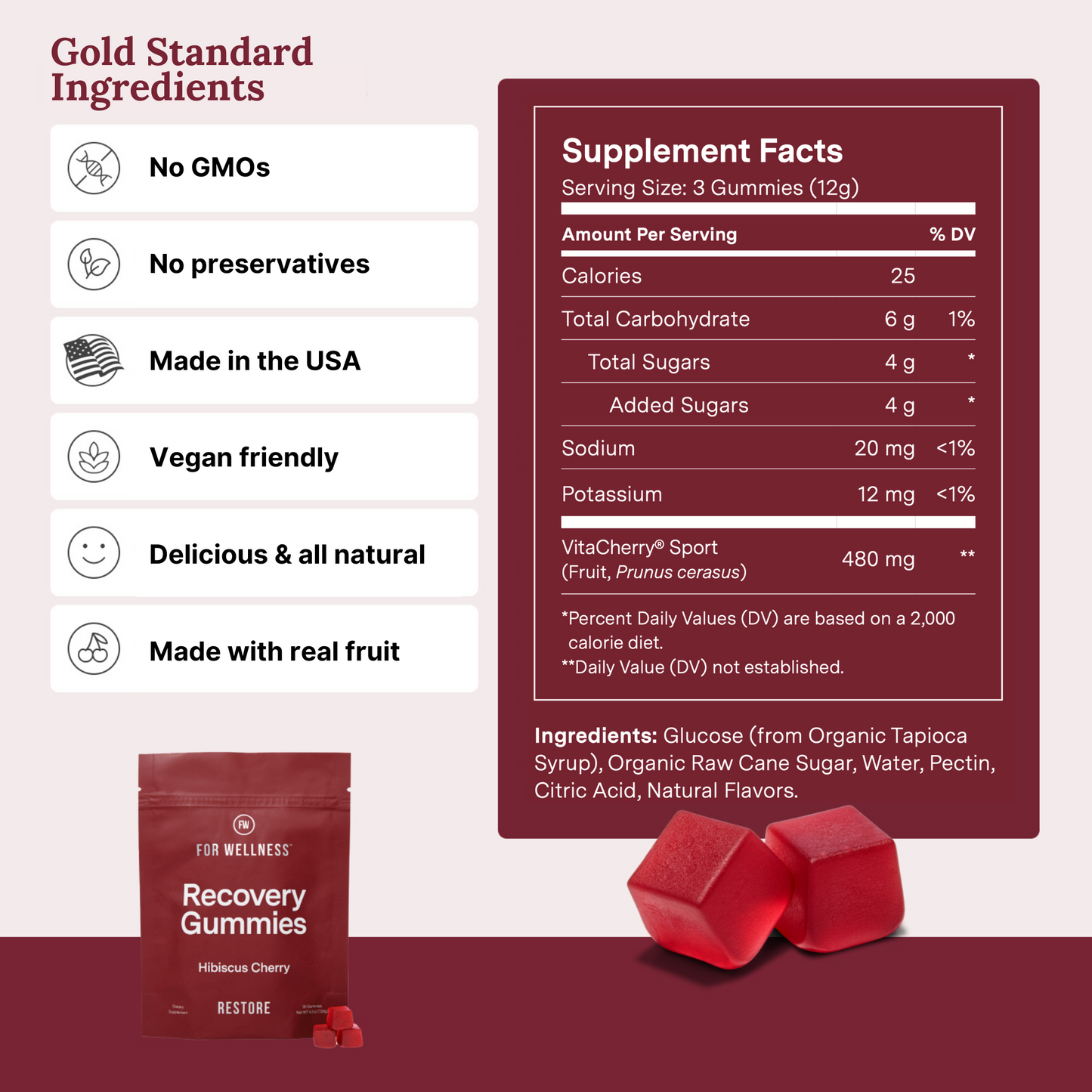Why Food Matters More During Heatwaves
During intense heat, your body's cooling system kicks into high gear. You sweat more, your heart works harder to circulate blood to your skin for cooling, and your digestive system may slow down to conserve energy for temperature regulation. This creates a perfect storm where you need more hydration and electrolytes, but your appetite might disappear just when you need proper nutrition most.
The foods you choose during a heatwave should work with your body's natural cooling mechanisms, not against them. Heavy, hot meals force your digestive system to work harder, generating internal heat when you're already struggling to stay cool. Meanwhile, the right cooling foods can actually help lower your core body temperature while providing essential nutrients and hydration.
Electrolyte Equilibrium: Natural Salt and Mineral Sources
When you sweat excessively, you lose more than just water—you lose crucial electrolytes that keep your muscles functioning and prevent dangerous imbalances. Rather than reaching for sports drinks loaded with artificial ingredients, nature provides excellent electrolyte sources.
Our all-natural Recovery Gummies Hydrate provide magnesium, sodium, and potassium in optimal ratios as an easy way to replenish lost stores. Our tart cherry Restore gummies are also infused with potassium and sodium, plus the tart cherry helps soothe sore muscles.


Recovery Gummies - Hydrate
-
Full of antioxidants and replenishes electrolytes.
-
Boosts energy with all-natural ingredients.
-
Tastes incredible with juicy blueberry flavors.
Coconut water is nature's sports drink, naturally rich in potassium, magnesium, and sodium. It's particularly effective at preventing heat cramps and maintaining proper muscle function during hot weather.
Leafy greens like spinach and kale are potassium powerhouses. While you might not crave a hot spinach dish, these greens work perfectly in cold smoothies, chilled soups, or raw salads.
Avocados provide healthy fats, potassium, and magnesium while helping your body absorb fat-soluble vitamins from other foods. Mash them into guacamole, add them to cold soups, or simply eat sliced with a sprinkle of sea salt.
Hydrating Heroes: Water-Rich Foods
Your first line of defense against heat should be foods that double as hydration sources. These natural thirst-quenchers provide water along with vitamins, minerals, and fiber that pure water alone cannot offer.
Watermelon reigns supreme among cooling foods, consisting of over 90% water while delivering vitamin C, lycopene, and natural sugars for quick energy. Its high water content and sweet taste make it incredibly refreshing, while the natural sugars help replace what you lose through increased sweating.
Cucumber is another hydration champion, offering a satisfying crunch with minimal calories and maximum water content. Add it to salads, infuse it in water, or simply slice and eat with a pinch of salt to replace electrolytes. The silica in cucumbers also supports healthy skin, which takes a beating during heat exposure.
Lettuce, especially iceberg and romaine, provides excellent hydration along with folate and vitamin K. Use these as the base for cooling salads or wrap other foods in large lettuce leaves for a refreshing, low-heat meal option.
Tomatoes bring both water content and lycopene, a powerful antioxidant that may help protect skin from heat damage. Cherry tomatoes make perfect snacks, while larger varieties work wonderfully in cold soups like gazpacho.
Cooling Spices and Herbs: Nature's Air Conditioning
Counterintuitively, certain spices and herbs can actually help cool your body down. Many cultures in hot climates have used these for centuries, and modern science validates their cooling properties.
Mint contains menthol, which triggers cold-sensitive receptors in your mouth and throat, creating an immediate cooling sensation. Add fresh mint to water, smoothies, or cold soups for instant relief.
Cilantro has natural cooling properties and works beautifully in cold salsas, salads, and chilled soups. Its fresh, bright flavor enhances other cooling foods while contributing its own temperature-lowering effects.
Fennel seeds have been used traditionally to beat heat and can be chewed raw or steeped in cool water for a refreshing drink. Fresh fennel bulbs add a cooling crunch to salads.
Surprisingly, hot spices like chili peppers can also help. They cause temporary sweating, which then evaporates and cools your skin—the reason spicy foods are popular in many hot climates.
Cold Preparation Strategies
How you prepare foods becomes crucial during heatwaves. The goal is to minimize heat generation in your kitchen while maximizing the cooling potential of your meals.
Cold soups like gazpacho, cucumber soup, or chilled melon soup provide hydration, nutrients, and satisfaction without any cooking required. Blend cooling ingredients with herbs and a touch of healthy fat for complete, refreshing meals.
No-cook salads featuring water-rich vegetables, leafy greens, and cooling proteins like cold-cooked chicken or chickpeas keep you nourished without heating up your kitchen.
Smoothies and cold beverages blend multiple cooling ingredients into convenient, hydrating packages. Combine water-rich fruits with leafy greens, coconut water, and cooling herbs for nutritional powerhouses.
Chilled grains like cold quinoa salad or chilled rice with vegetables provide sustained energy without the heat of hot preparations.
Smart Protein Choices
Protein is essential even during heatwaves, but choose wisely. Heavy, hot proteins can increase your internal heat production, while lighter options provide nutrition without the thermal load.
Cold fish like salmon, tuna, or sardines provide omega-3 fatty acids and high-quality protein without requiring hot preparation. Canned fish works perfectly in cold salads.
Greek yogurt offers probiotics, protein, and calcium while contributing to hydration. Choose plain varieties and add cooling fruits or herbs.
Hard-boiled eggs prepared in advance provide complete protein and can be added to cold salads or eaten as cooling snacks.
Legumes like chickpeas, lentils, or black beans can be cooked in advance and served cold in salads, providing plant-based protein and fiber.
Timing and Frequency Strategies
During extreme heat, when you eat becomes as important as what you eat. Your appetite naturally decreases in hot weather, so work with your body's rhythms rather than against them.
Eat smaller, more frequent meals to avoid overtaxing your digestive system. Large meals require more energy to digest, generating internal heat when you least need it. Focus on eating during cooler parts of the day—early morning and evening—when your appetite is naturally higher.
Stay ahead of thirst by consuming water-rich foods throughout the day rather than waiting until you feel thirsty, which indicates you're already becoming dehydrated.
Creating Your Heat-Beating Meal Plan
Successfully navigating a heatwave requires planning ahead. Stock your refrigerator with water-rich fruits and vegetables, prepare cooling ingredients in advance during cooler morning hours, and have no-cook meal options ready when temperatures peak.
Remember that staying cool through food choices is about consistency, not perfection. By choosing foods that support your body's natural cooling mechanisms and avoiding those that generate unnecessary internal heat, you transform eating from a potential burden into a powerful tool for heat management.
The next time the weather forecast shows a wall of red, remember that your refrigerator holds some of nature's most effective cooling solutions. With the right foods and smart preparation strategies, you can not only survive but thrive during even the most intense heatwave.



